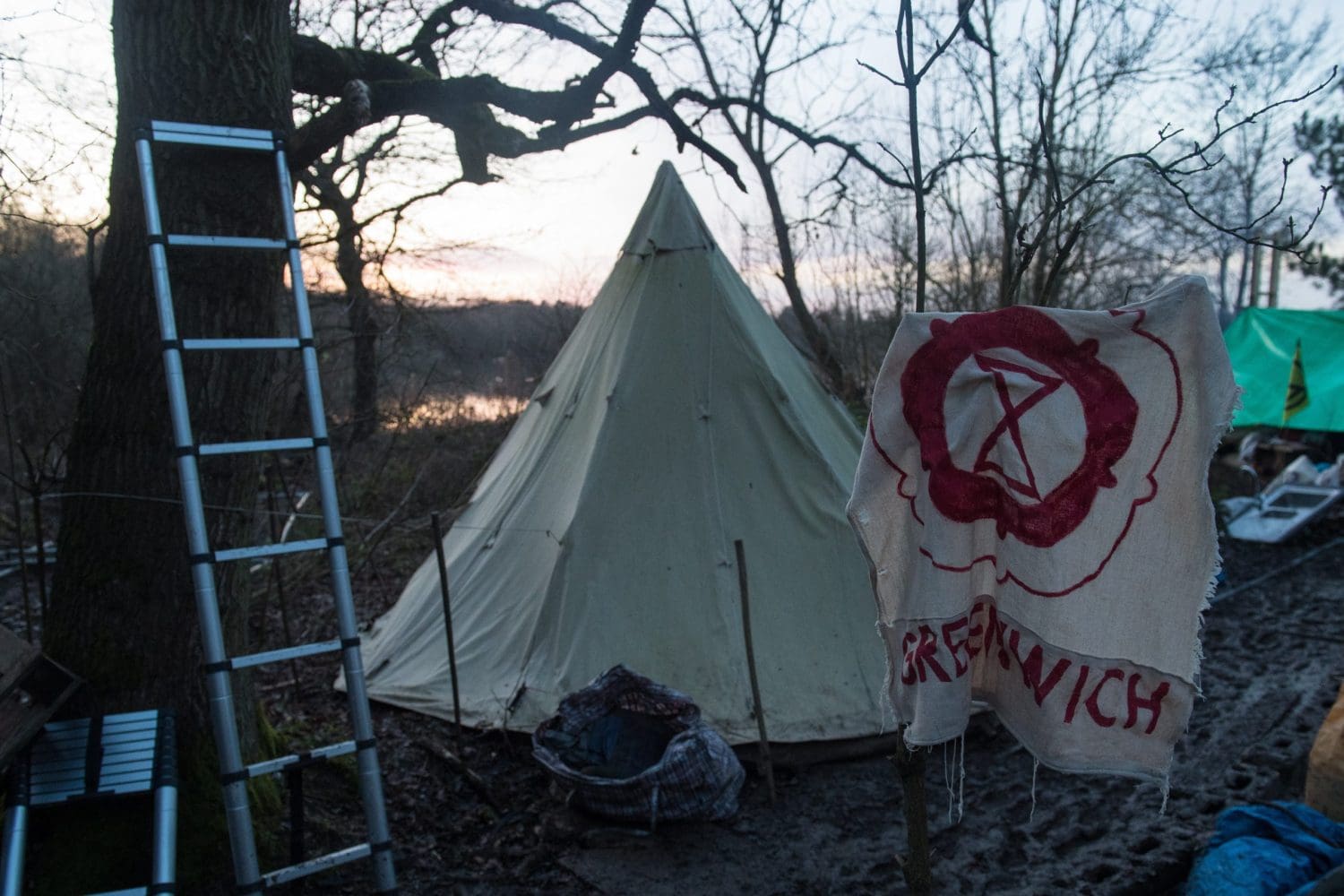Philippine officials are bracing for a long crisis whether the Taal volcano erupts more disastrously or simmers precariously in the coming weeks and months, as massive numbers of displaced villagers fled to emergency shelters.
Health secretary Francisco Duque III said more than 900 villagers who fell ill have been treated, mostly for exposure to volcanic ash, in evacuation sites since the volcano in Batangas province erupted last weekend.
About 125,000 people fled from ash-blanketed villages and crammed into hundreds of emergency centres in Batangas alone and many others took shelter in relatives’ homes, disaster response officials said, appealing for masks, bottled water, portable toilets, food and sleeping mats.

“It’s really massive because you’re talking of more or less 100,000 evacuees in evacuation centres, so the infrastructure and services needed are really huge,” Duque said. “This is not going to be for the short term, but for the medium if not long term.”
After belching a massive plume of ash and steam more than nine miles into the sky when it rumbled back to life last Sunday, Taal has been spewing smaller emissions and shuddering with fewer earthquakes in recent days.
But despite a perceived waning of its restlessness, continuing volcanic quakes, the drying of Taal’s crater lake and other signs indicate magma is moving underneath, said Renato Solidum, who heads the Philippine Institute of Volcanology and Seismology.
“We have this perception now that it’s waning, versus underground sub-surface activity, which indicates otherwise,” Solidum said at a news conference, adding that experts “have not seen a definite trend that it’s weakening”.
The 1,020ft-high Taal is one of the world’s smallest but the second-most restive of about two dozen active Philippine volcanoes. It has remained at alert level 4, the second-highest warning, indicating a hazardous explosive eruption is possible within hours or days.

Duque said hundreds of villagers have been treated for respiratory infections, hypertension, diarrhoea, skin lesions, flu and coughs in evacuation centres. About 300,000 masks have been sent to affected areas.
The government’s main disaster-response agency will hold a meeting next week to discuss concerns, including hygiene in evacuation camps, Duque said. He has sought the help of the military to build toilets in emergency shelters, mostly school buildings.
In the hard-hit town of Agoncillo, mayor Daniel Reyes said all 42,000 residents abandoned their homes, including 8,000 who are now in evacuation centres and need food, water and aid. “They rushed out of their homes without bringing anything, so they will really be dependent on our help,” Reyes said.
Agoncillo still has about two weeks of food, water and aid packs but will need help from the provincial and national governments when supplies are depleted, he said.
While tending to the thousands of displaced residents, Reyes said he and other officials are preparing contingency plans in case Taal erupts violently.

















